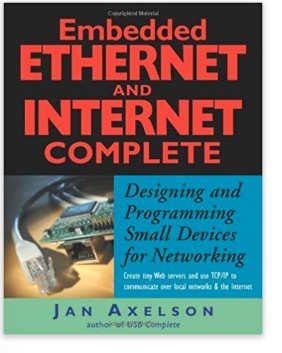Recent Posts
CAN Bus To Ethernet TCP/IP Gateway Also Supports Bridge Mode
Posted by on
The EtherCAN/2 by esd electronics is a hat-rail mounted gateway that exchanges data between CAN Bus and Ethernet networks. In bridge mode, two EtherCAN/2 modules can be used to connect two CAN Bus networks via TCP/IP.
The unit comes with one Ethernet interface (10/100 Mbit/s, RJ45) and one CAN Bus high speed (ISO 11898-2) compatible interface (20 kBit/s up to 1 Mbit/s) based on the CAN Bus controller integrated with the MCU.
The gateway has a built-in HTTP server which allows web-based configuration and maintenance. Diagnostic events and messages during runtime can be optionally indicated using the syslog protocol or by sending an email. The gateway firmware can also be updated via the Web interface.
Host drivers for Windows and Linux are available which integrate the CAN gateway as a virtual CAN Bus device on the host, programmed via the common NTCAN-API available for all esd CAN Bus adapters, which supports using all applications, CAN Bus protocol stacks (CANopen, SAE J1939, etc.) and tools (CAN SDK, CANreal, etc.) available for the host platform. In addition, the gateway supports the UDP based disclosed and documented Ethernet Low-Level Socket Interface (ELLSI) protocol for host platforms which are currently not covered with a dedicated driver.
Bringing together two areas of computer technology—networking and embedded systems—this developer's guide offers guidance and examples for each of these, with a focus on the unique requirements and limits of embedded systems.
Because developing an embedded system for networking requires knowledge from many areas, including circuit design, programming, network architecture, and Ethernet and Internet protocols, developers gain relevant technical information on each that can be put to use right away.
Covered are the advantages and limitations of using Ethernet to connect embedded systems in a local network, hardware and program code needed to connect an embedded system to an Ethernet network and the Internet, and how to build a network.
Also discussed are how embedded systems can use TCP/IP and related protocols and how personal-computer applications can use the protocols to communicate with embedded systems. Developers will learn how their Web server's pages can include dynamic, real-time content and respond to user input.
 Loading... Please wait...
Loading... Please wait...


